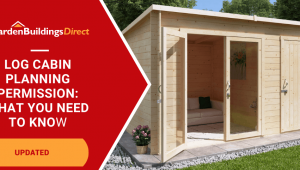Jump to:
Cold weather doesn’t have to put a stop to enjoying your outdoor space. These winter garden ideas can help keep it alive and welcoming!
Winter Garden Ideas to Enjoy Even in the Cold
Here are some building options, decor tips, and planting suggestions to help you make the most of it.
Keep your greenhouse active
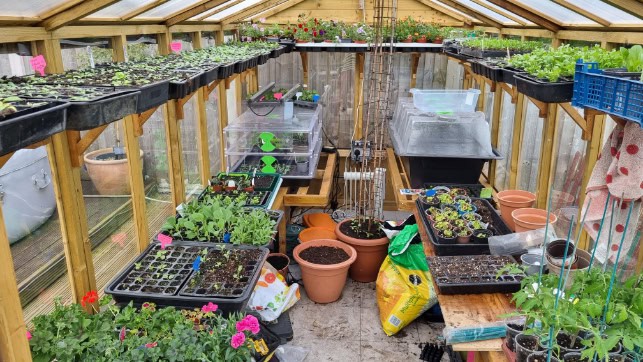
Unlock an extra growing season by planting these winter greenhouse vegetables:
- Spinach
- Kale
- Lettuce
- Broad beans
- Garlic
These greens can bring that missing colour back into your garden. Deep green kale, bright spinach, and even the red stems of chard stand out on grey days. Even better, they give you something fresh to look at as well as food on the table!
When it comes to heating, a small paraffin heater or DIY thermal water bottles will do. Seal any gaps or add bubble wrap to the inside panels while you’re at it to reduce drafts. Get more tips here: Winter Gardening: Keep Your Greenhouse Warm
No greenhouse? You can get one without breaking the bank with our value range. Check out our greenhouses for sale.
Plant evergreens
Winter strips a garden bare fast, but evergreens hold it together. A box hedge, for instance, can outline a path or border so the layout still looks sharp in the middle of January. Or a conifer at the back of a bed that adds height where perennials have disappeared.
The trick is placement. Drop one or two evergreens where you’d get gaps in winter. Corners, entryways, and the ends of borders are all good spots. You’ll notice how they stop the space from looking empty. Mix different shades of green or add berries, such as holly, for variety.
Use mulch for protection
In winter, the real danger isn’t the cold itself but the soil freezing and thawing over and over. This pushes roots out of the ground—but a layer of mulch can help with this.
Bark and wood chips are solid, but you can also use leaf mould if you’ve saved a pile from autumn. Even straw works fine on vegetable beds, though you’ll need to top it up from time to time.
Give your pots and raised beds an extra cover, too, if you have them. It takes a bit of effort now, but it saves you from pulling out dead plants in spring.
Install outdoor lighting for winter garden decor
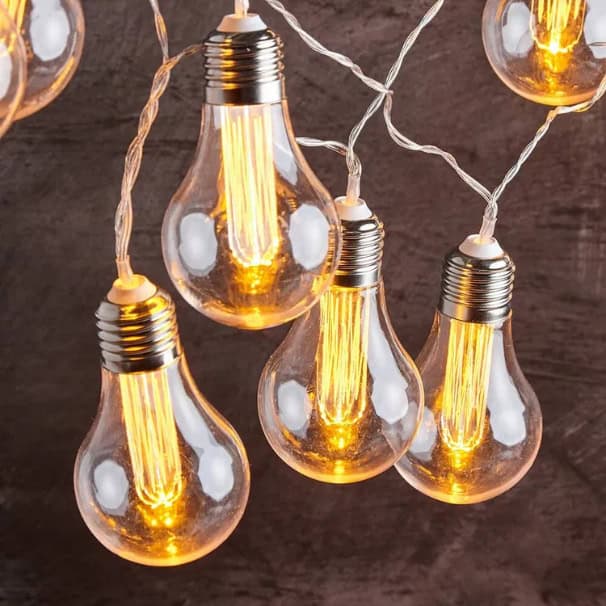
Festoon strings, wall lights, solar stakes, or a lantern by the door. These are the easiest ways to light up your garden in winter.
To give you an idea, you could hang these outdoor string lights over a seating area, such as a gazebo or under a pergola. A wall light near the garden room or greenhouse is handy too.
And why not add a spotlight angled at a conifer or uplighting under a bare tree? These touches turn the garden into a space worth spending time in, even on cold days.
Add a fire pit or chiminea
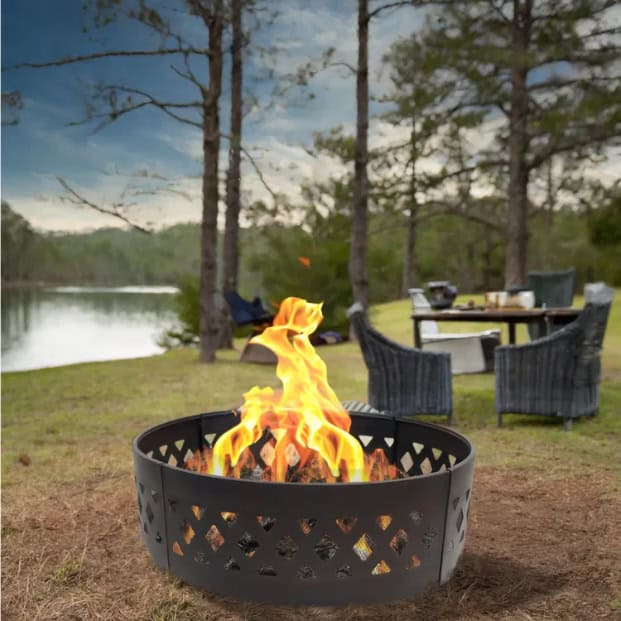
A fire pit gives you a central spot to gather, while a chiminea is best in a corner where you want heat directed in one way. Either way, both can make your garden or patio feel more usable once the evenings turn cold.
For the pit, use logs like oak or ash, which last longer and burn cleaner. Charcoal in a chiminea has a steady heat for a longer stretch. Keep them off grass or decking that could scorch. Also, leave space around them so smoke doesn’t drift straight at you or into the house.
Tip: Use it for cooking, from skewers to foil-wrapped vegetables. That mix of warmth and food makes it easier to stay outdoors when most people would head in.
Hang bird feeders
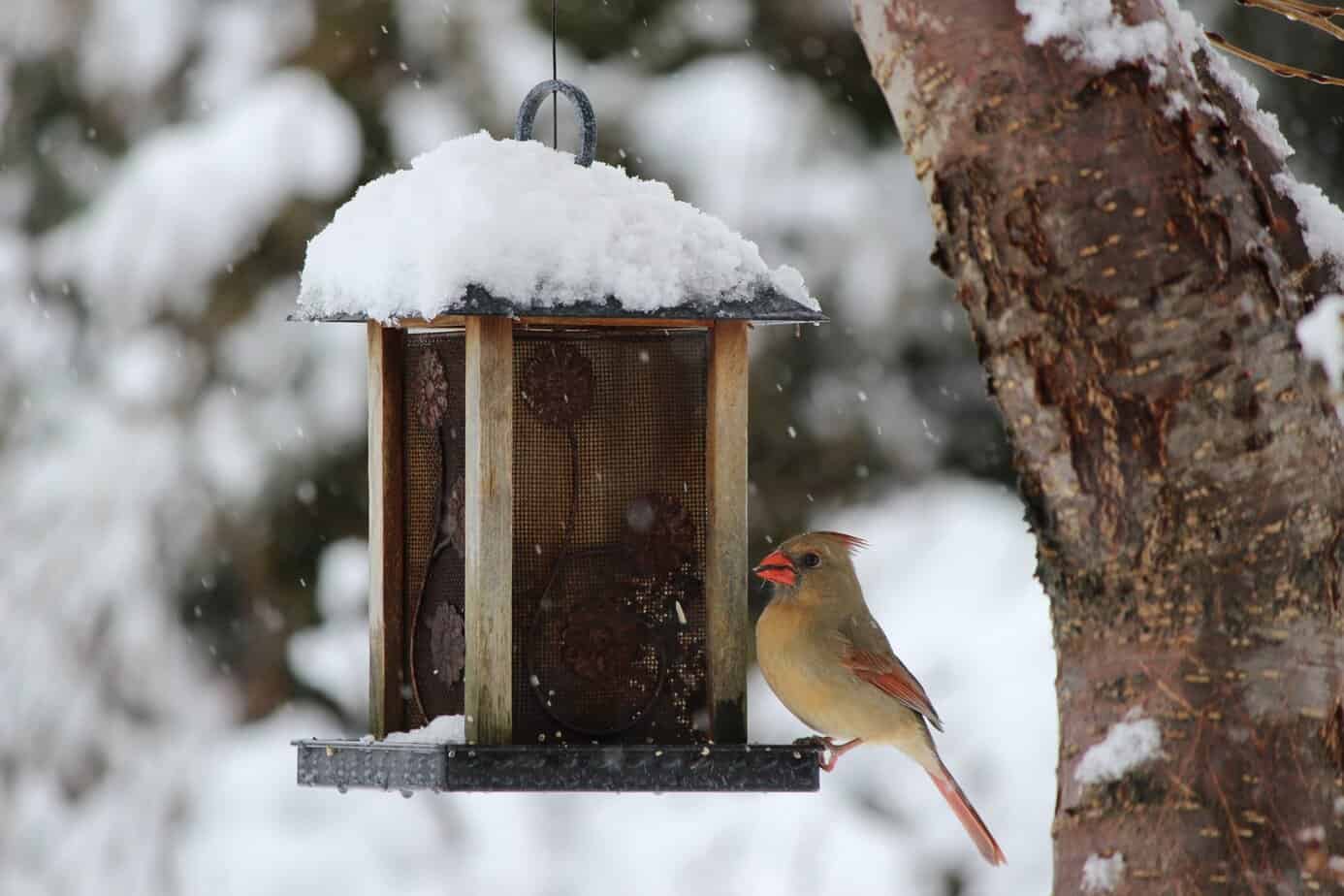
Food is thin on the ground for birds, so when you hang one up, you’re giving them a reason to keep visiting. We recommend a mix, including seed feeders for finches and peanuts in mesh for tits, or a tray feeder for robins.
Place them near cover so the birds feel safe, but not so close that a cat can pounce. Top up the feeder in the same spot and they’ll soon add your garden to their regular rounds. This makes winter less bare, and you end up with company outside your window most mornings.
To support breeding birds, this guide covers some tips: Eight Ways to Help Breeding Birds
Set up a garden room
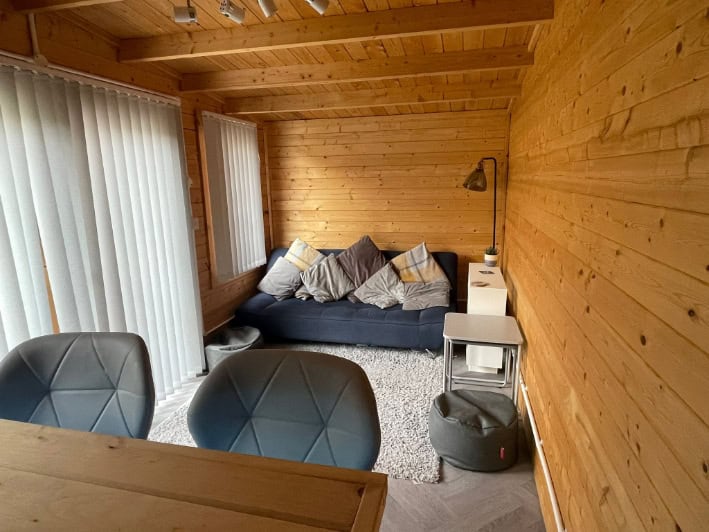
What better way to spend time in your garden, even if it’s cold or snowing, than in a garden room? Standard panels won’t cut it in winter, though, so an insulated model is your best bet.
An insulated log cabin, for instance, provides a ready-to-use retreat. Furnish it with a sofa, TV, and a small bar corner, and you have a second living room. If the space allows, you can even add a mini Christmas tree to align your decor with the holiday season.
Make it more practical by running electricity, fitting blinds, and laying down a rug. Such additions help retain heat and give you extra warmth.
Tip: If budget is a concern, start with a basic log cabin kit and upgrade bit by bit. First, add insulation; then, power; then, decor. Refer to this guide to learn more: How to Insulate a Log Cabin
Invest in a waterproof garden storage
Cushions can rot when they’re left damp, and tools lose their edge fast once rust sets in. Don’t let them get exposed and store them in a handy plastic garden storage instead.
If you don’t have the space for a full shed, a storage box is enough for the job. It’ll keep tools and cushions out of the rain as long as it’s raised off the ground, so water doesn’t pool underneath. A lid is also an essential feature; otherwise, you’ll still end up with damp gear.
Tip: Already using a shed? Here’s ‘How to Prepare Your Outdoor Storage Units For Winter‘
Winter Garden Ideas: Round-up
You’ve seen a few ways to make your garden work and alive in winter, from growing hardy greens to lighting up the space. Each idea can add something different, whether it’s colour, warmth, or a spot to relax. Start small—perhaps with feeders or a fire pit, and then add larger features over time.
More ideas are waiting in this next read: Deck the Walls: How to Decorate Your Garden For Christmas



